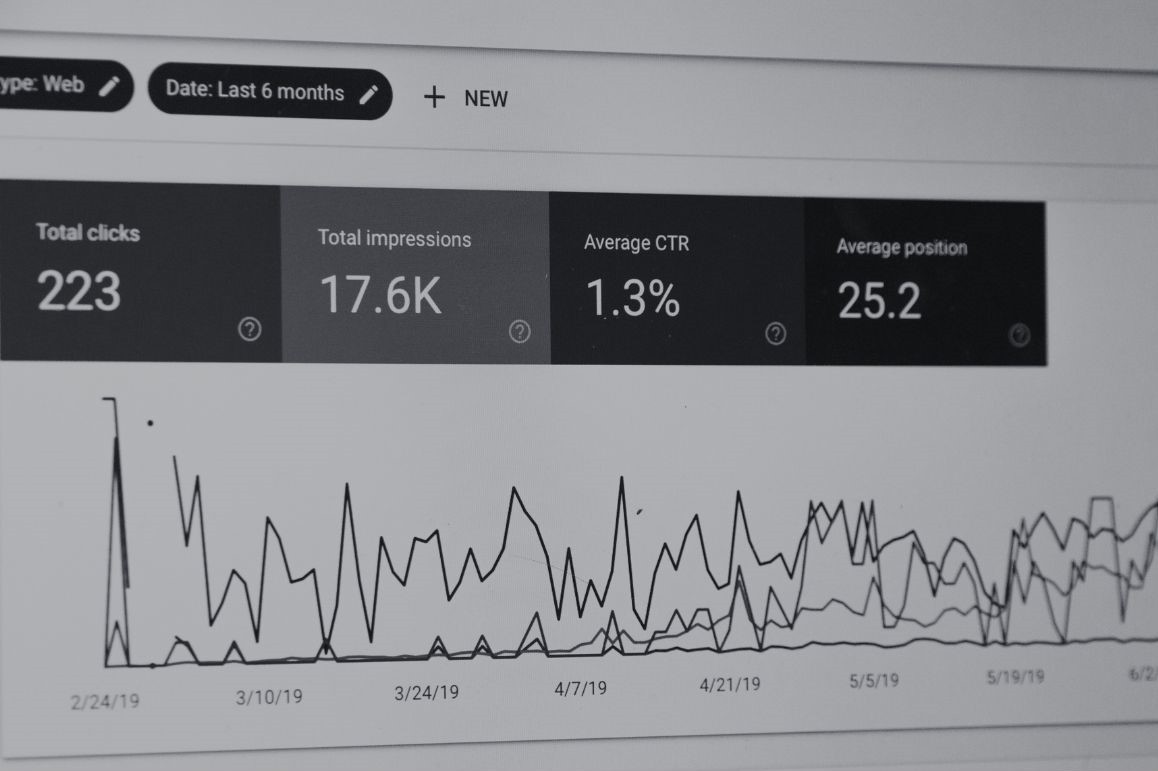Getting digital content just right for Google’s algorithm has kept digital marketers on their toes for decades.
The company’s algorithm updates are highly anticipated – and feared. And now there’s a new kid in town: generative AI.
As large language models (LLMs) become more widespread – and indeed incorporated into search engine ‘algos’ – SEO will increasingly morph into GEO, generative engine optimisation.
And that means the new challenge is visibility in AI-led searches.
What is GEO?
GEO is about improving the visibility of content in generative AI engines’ responses.
As I’ve discussed in a previous blog, the challenge for digital marketers is getting into the output of LLMs, but more importantly, into the AI-generated blurb that will increasingly precede traditional SERP listings.
That’s because search engines have been bringing in more and more generative AI into their algos, whether it’s Microsoft’s Bing Copilot or Google’s Search Generative Experience (SGE).
How does GEO work and can we game AI?
Suggestions from AI-led search engines are contextual, mostly using neutral sources such as trade magazines, news sites, association and institutional websites, as well as blogs for recommendations, according to Searchengineland.com.
The output is based on the statistical frequencies of words occurring together. Responses are generated by bringing information from these sources together and summarising them. While it’s theoretically possible to influence an AI, experts polled by Searchengineland agreed that practically, doing so would be extremely difficult.
So, do we just throw the towel in at this point?
Not quite. Research led by Princeton University showed that deploying GEO-specific tactics can boost content visibility in generative engine results by up to 40%.
What are key GEO techniques?
The methods both the researchers and other experts recommend to boost content visibility to generative engines will sound very familiar:
Create E-E-A-T content
As in classic SEO, your content should reflect expertise, experience, authoritativeness and trustworthiness (as defined by Google’s E-E-A-T mantra). The Princeton research points to citations, quotes from relevant and reputable sources, and statistics as key ways of boosting visibility. For example, articles bylined to subject-matter experts work well, backed up by author biographies underscoring their expertise.
Use long-tail keywords
The Princeton research also points to adding more relevant keywords to content to raise GEO visibility. Others, like Neil Patel in a recent webinar on GEO, have suggested optimising content for long-tail keywords to help attract users with a more specific search intent to garner qualified leads. In other words, selling to the hottest leads.
Do what AI can’t
Another strategy Patel recommends is making the most of our humanity. This particularly resonates with me because AI can only work based on what it has learned, and even if it reaches out to the real-time web, it still relies on existing information to base its responses on. We can do much better by providing up-to-date information, unique expert insights and personal anecdotes.
Use other channels
The E-E-A-T approach benefits from credible and authoritative backlinks, so online PR and similar opportunities to build backlinks are more important than ever. The same applies to promoting content across your platforms. The PESO model (paid, earned, social, owned content) still pays dividends, even in the age of gen AI.
Use AI to do the legwork
While Google initially appeared to ban all AI-generated content when ChatGPT was first released, its stance has softened since. SEO guidelines now state that AI can significantly help in the content creation process. So, unless you’re using it to manipulate Google’s rankings or churn out poor content, nothing is stopping you from enlisting AI’s support with content creation. With the necessary checks, balances and guardrails, of course.
For example, our Editorial Strategy team finds AI tools such as Frase, Claude, Perplexity and ChatGPT really helpful as starting points for our research, creating outlines and optimising content.
SEO for a new age
So, where does this leave us?
TV didn’t oust cinemas, the internet didn’t replace books, and video didn’t kill the radio star. They are all still relevant.
And likewise, the expert consensus is that AI and GEO will coexist with SEO. However, as on so many occasions when SEO was declared dead in the past, the advent of GEO forces us to take a deep breath. It pushes us to review how we create content and refine our approach, rather than reinvent the wheel.
It means that now, more than ever, digital marketers need high-quality content.
About the author: Andrea Willige is a Senior Writer and SEO expert at Formative Content. Connect with her on LinkedIn here.
